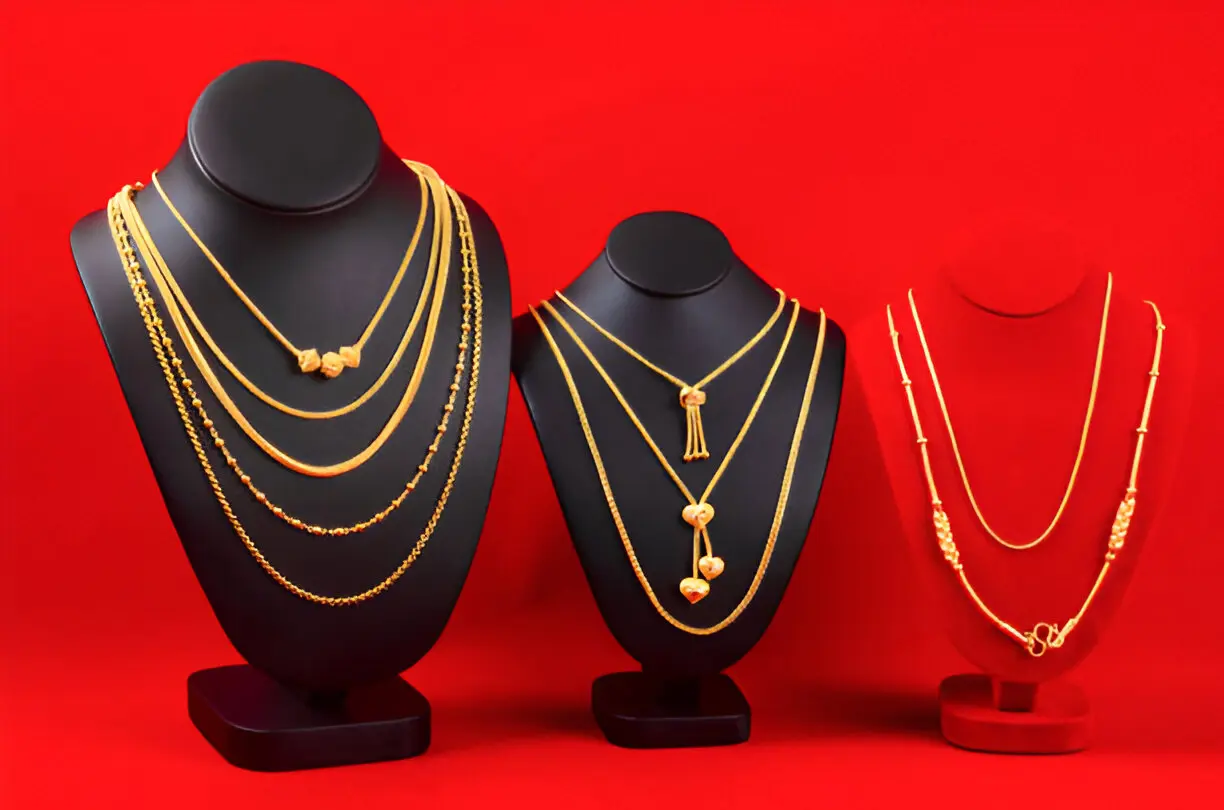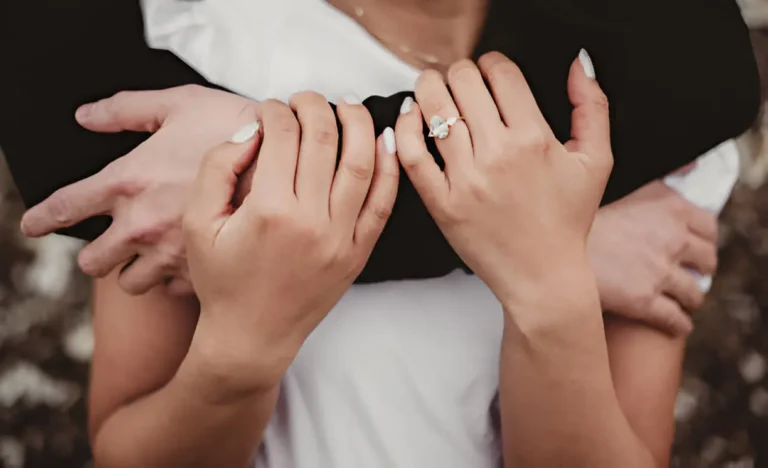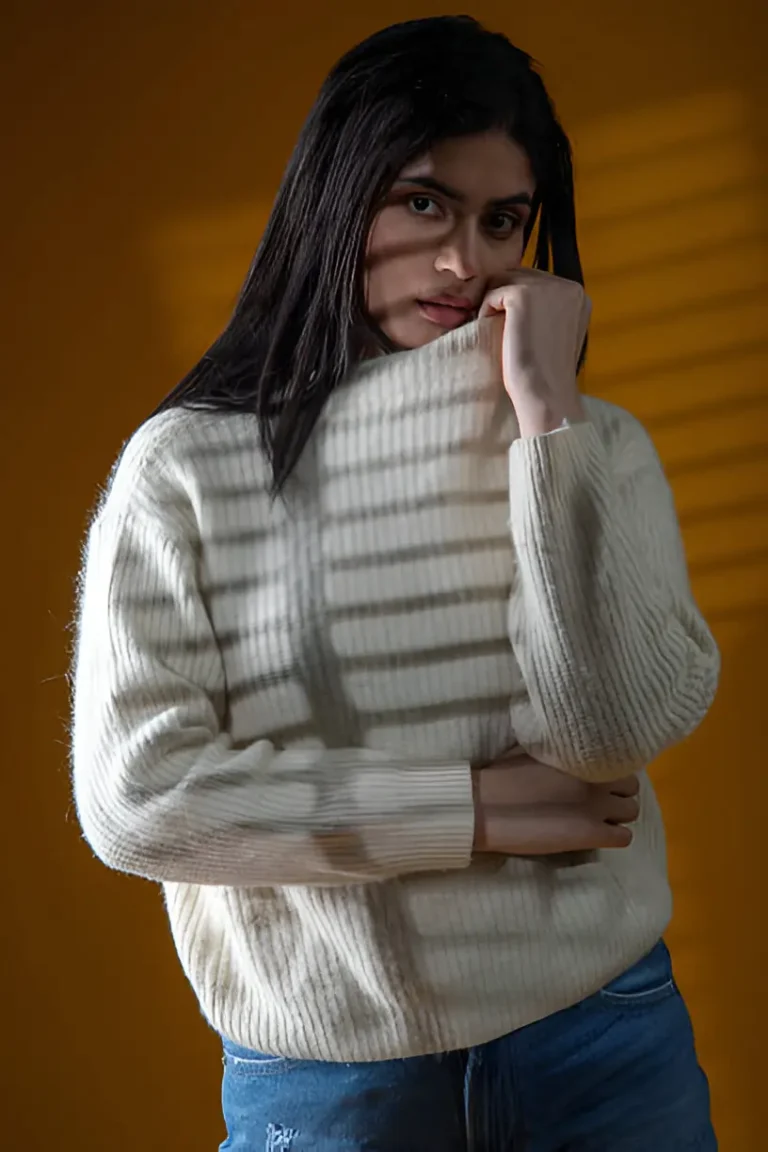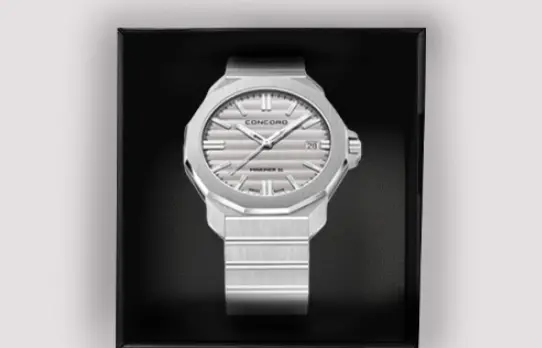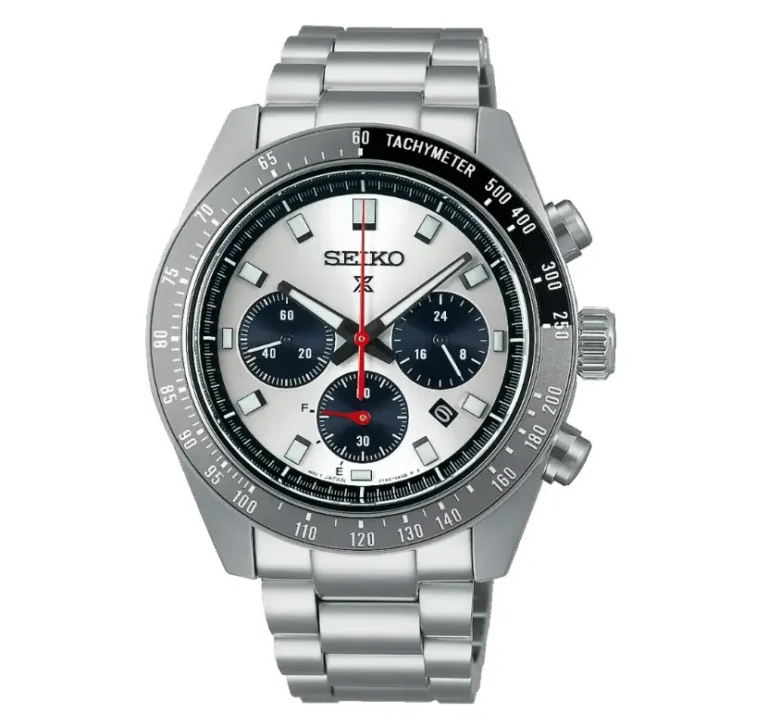Step-by-Step Guide to Finding Your Ideal Gold Chain Necklace Length and Style
Choosing the right gold chain necklace isn’t just about picking something that looks expensive – it’s about finding a length and style that actually works with your body proportions, wardrobe, and lifestyle. I’ve watched too many people spend good money on beautiful chains that end up sitting in their jewelry box because they chose the wrong length for their torso or picked a style that doesn’t work with the necklines they actually wear. A perfect gold chain necklace should feel like a natural extension of your personal style, not something you have to plan outfits around. Here’s how to figure out exactly what works for your specific situation.
Understanding Standard Chain Lengths
Let’s start with the basics because jewelry sizes can be confusing if you’re not familiar with how they actually look when worn. A 16-inch chain sits right at the base of your neck, almost like a choker. This length works well if you have a longer neck and tend to wear higher necklines, but it can feel tight and uncomfortable if you’re not used to jewelry sitting that close to your throat.
18-inch chains are probably the most popular length because they hit right at the collarbone area on most people. This is your safe bet if you’re not sure what length to choose. It’s long enough to be comfortable but short enough to work with most necklines without getting hidden under clothing.
20-inch chains fall just below the collarbone and work really well for layering with shorter necklaces. This length is great if you want something versatile that works with both high and low necklines.
22-inch and longer chains are more statement pieces. They work beautifully with open necklines like V-necks or scoop necks, but they’ll disappear completely under high-necked tops.
Measuring Your Ideal Length at Home
Here’s a trick that works way better than trying to guess based on standard measurements. Take a piece of string or ribbon and wrap it around your neck at different levels while looking in a mirror. Mark where it looks best and then measure that length. Add an inch or two for comfort, and you’ve got your ideal chain length.
Your torso proportions matter more than your overall height. Someone who’s tall but has a shorter torso might find that an 18-inch chain looks better than a 20-inch one, even though length guidelines might suggest going longer.
Consider your clothing style too. If you live in turtlenecks and crew necks, shorter chains will get hidden. If you prefer V-necks and open-collar shirts, you have more flexibility with length choices.
Chain Style Categories and When to Choose Each
Figaro chains have a distinctive pattern with alternating short and long links. They’re classic and masculine-leaning, which makes them perfect if you want something with a bit more visual interest than a basic chain but not too delicate or feminine.
Cable chains are your basic, classic option with uniform oval links. They’re versatile and timeless, which means they won’t look dated in a few years. This is probably your best bet if you want something that works with everything and doesn’t compete with pendants if you decide to add them later.
Rope chains have a twisted, braided appearance that catches light really well. They’re more decorative than cable chains and work beautifully as standalone pieces. The downside is they can look busy if you try to add pendants or layer them with other necklaces.
Snake chains have a smooth, sleek appearance that looks almost liquid. They’re very contemporary and work well with modern, minimalist styling. They’re also great for pendants because the smooth surface doesn’t compete with whatever you’re hanging from them.
Considering Your Lifestyle and Maintenance Preferences
Some chain styles are definitely higher maintenance than others. Intricate links like those in rope or figaro chains can collect soap residue, lotion, and general grime more easily than simple cable chains. If you’re someone who wants to put on jewelry and forget about it, stick with simpler styles.
Your activity level matters too. If you’re active or work with your hands a lot, delicate chains are going to be more prone to breaking or getting tangled. Thicker, more substantial chains handle daily wear better.
Think about whether you want something you can wear every day or just for special occasions. Everyday chains should be comfortable enough that you forget you’re wearing them, while special occasion pieces can be more dramatic or delicate.
Weight and Comfort Considerations
The weight of your chain affects both how it looks and how it feels to wear. Heavier chains drape differently and create more of a presence, while lighter chains are more subtle and comfortable for all-day wear.
Hollow chains give you the look of a substantial piece without the weight, but they’re more prone to denting and damage than solid chains. Solid chains cost more but hold up better to daily wear and maintain their value better over time.
Consider the clasp style too. Spring ring clasps are secure but can be hard to operate by yourself. Lobster clasps are easier to manage but sometimes don’t lie as flat against your neck.
Also Read-Understanding Swallowing Disorders: Causes and Management Techniques

